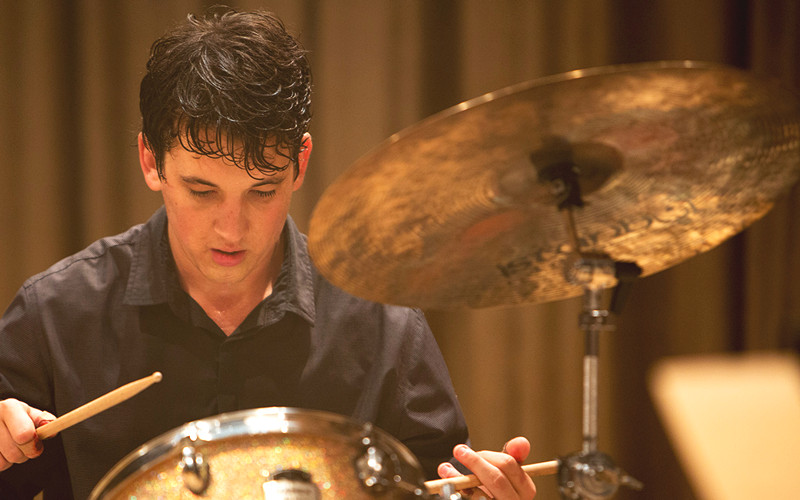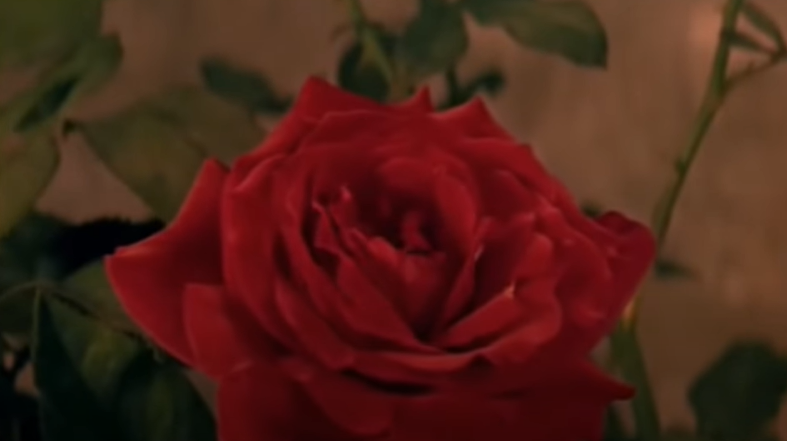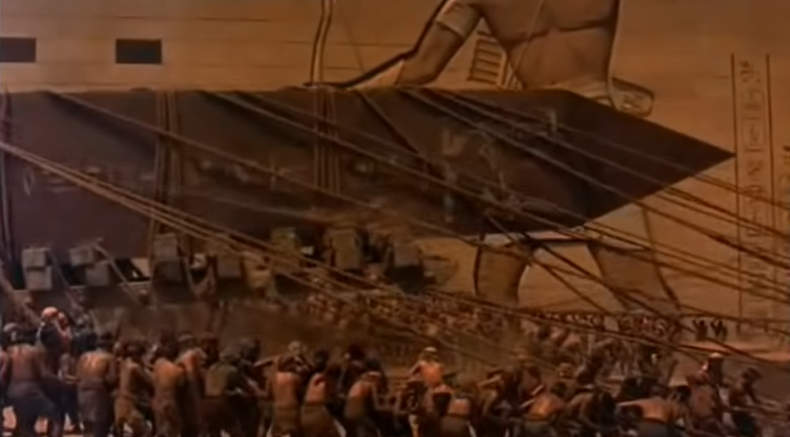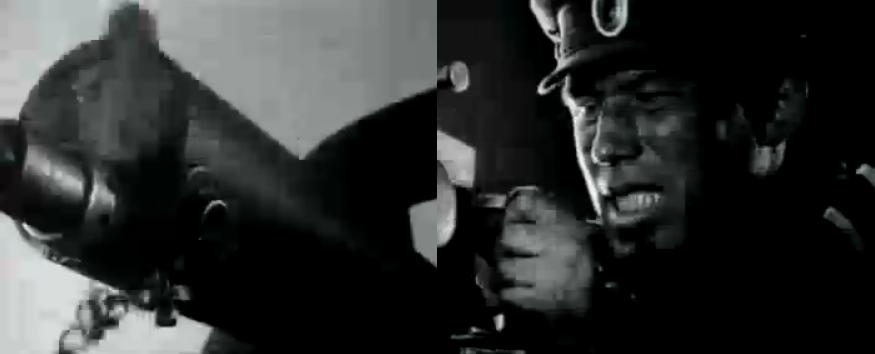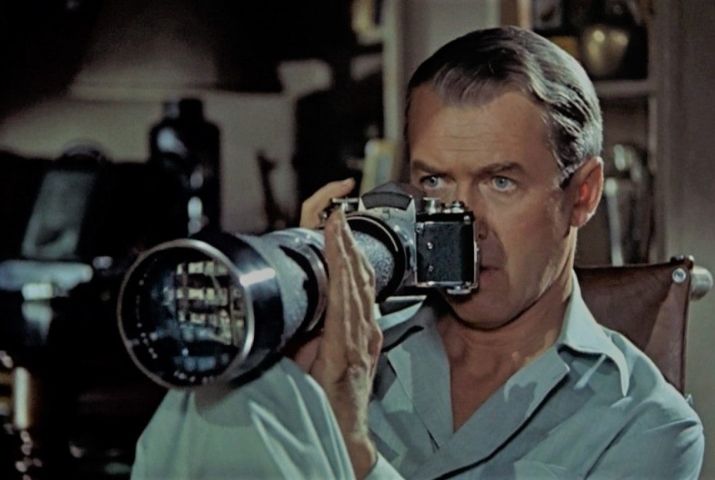https://web.microsoftstream.com/video/a756bce3-b3a7-4bbe-a8da-c18032766689
Monthly Archives: April 2022
Filters
Identify at least one another film (ext. 2 films) which appear to have been influenced by the visual style of classic Soviet Constructivist Cinema (ILLUSTRATE YOUR POST AND BRIEFLY EXPLAIN THE REASONS FOR YOUR CHOICE)


I would argue that Donnie Darko (Richard Kelly, 2001) could be said to be influenced by Soviet Constructivism Cinema; as it plays with themes of unidentified knowledge which is explored through characters and ideas with/of prior knowledge. Though it is heavily reliant on more gothic aspects of the Sci-Fi genre, it appears that there is a focus throughout the narrative on explanations grounded in science and human belief. Much like films of the original era, Donnie Darko allows its audience to understand the arc of the plot using modern ideas, and not philosophical or fantastical theories. Using mostly more objective editing, (though there are some scenes which bring into question the fabrication of reality) Kelly seems to imply that the eccentricity of the story is a product of human curiosity rather than the supernatural, and depends on what people ‘already know to be true’. Cooler overtones like blue and grey also suggest objective reality, as they are thematically more often associated with logic or lack of emotion.
Try to find examples from film from at least 3 of the Methods of Montage mentioned above. (SOVIET Constructivism) REMEMBER TO ILLUSTRATE YOUR POST!




Shutter Island (Scorsese, 2010) – tonal montage to indicate protagonist’s false reality/subjective reality (use of blues/greys when audience is submerged in Teddy’s reality)



Psycho (Hitchcock, 1960) – rhythmic montage to dramatize and emphasise the content of the scene (to associate this series of events with a musical climax for the audience)


Inception (Nolan, 2010) – intellectual montage is used as a metaphor (aided by the context of the film itself) to indicate to the audience that there is still a question of dream vs reality, and introduces the idea that people are controlled by an unspoken force (whether fate or a higher power etc.) just as the fabrication of dreams is controlled by the presence of gravity.
Create a blog post highlighting the key narrative and technical conventions of the French New Wave approach to film making. Talk about the difference between the Left and Right Bank approach.
According to a source (https://nofilmschool.com/what-is-the-french-new-wave#:~:text=Techniques%20included%20fragmented%2C%20discontinuous%20editing,French%20New%20Wave%20was%20born.) ‘Techniques included fragmented, discontinuous editing, and long takes that allowed actors to explore a scene. The combination of realism, subjectivity, and commentary allowed these movies to have ambiguous characters, motives, and even endings that were not so clear-cut’.
‘The “right bank” group is constituted of the more famous and financially successful New Wave directors associated with Cahiers du cinéma (Claude Chabrol, François Truffaut, and Jean-Luc Godard). Unlike the Cahiers group, Left Bank directors were older and less movie-crazed. They tended to see cinema akin to other arts, such as literature. However, they were similar to the New Wave directors in that they practiced cinematic modernism. Their emergence also came in the 1950s and they also benefited from the youthful audience. The two groups, however, were not in opposition…… The filmmakers tended to collaborate with one another’.
Source – (https://en.wikipedia.org/wiki/French_New_Wave#:~:text=to%20do%20essays.%22-,Left%20Bank,older%20and%20less%20movie%2Dcrazed.)
sERGEI eISENSTEIN (5 mETHODS OF mONTAGE) – tASK 6
Rhythmic montage: ‘Whiplash 2014 – Damien Chazelle
Intellectual montage: ‘Naked gun 2, 1991 – David Zucker‘
Metric editing: ‘October: ten days that shook the world, 1927’
Story of film part 1
La Sortie des ouvriers de l’usine Lumière was the name of the first ever Lumiere film released in 1895.
Phantom ride was an early genre of film popular in Britain and the US at the end of the 19th century.
what was ground breaking about the silent films “the sick kitten” and ” life of an American fireman” ?
They both included various different shot types and angles which where getting newly introduced into the beginning of the 20th centaury.
Florence Annie Bridgwood also known as Flo was the first Hollywood film star.
Film production moved from the east coast to Hollywood due to the fact that film producers were constantly getting sued.
The film industry in the 1910s were dominated by the Motion Picture Patents Company also known as the trust due to the fact that their movies were short and were primarily shown by nickelodeons.
film directors and films from 1910s
Charlie Chaplin – A night in the show 1915
Giovanni Pastrone – Cabiria 1914
D. W. Griffith directed birth of a nation and this film continues to divide opinions across critics due to the fact there is heavy involvement of racism and is known as one of the most offensive films to have been made.
Identify at least two other classic French New Wave films – remember to illustrate your post.
The 400 Blows (1959, François Truffaut)

Cleo From 5 to 7 (1962, Agnès Varda)

Vivre Sa Vie (1962, Jean-Luc Godard)
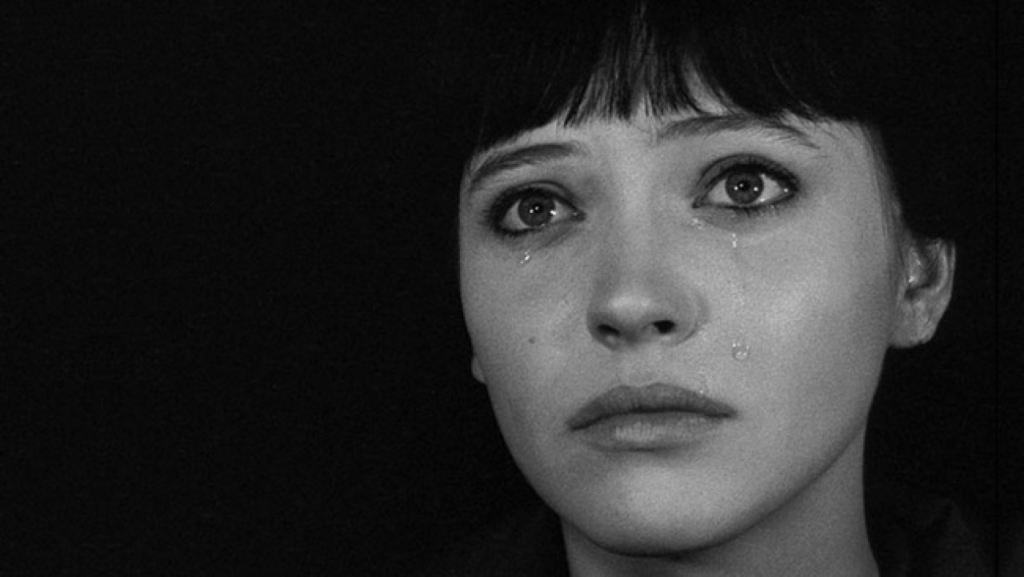
Summarise what Astruc meant by the term “Auteur” and give some examples of the films cited by the movement as being created by Auteur directors. Remember to illustrate your post.
His contribution to the auteur theory centers on his notion of the caméra-stylo or “camera-pen” and the idea that directors should wield their cameras like writers use their pens.
(source – https://en.wikipedia.org/wiki/Alexandre_Astruc)
EXAMPLES:
(Alfred Hitchcock)


(Psycho (1960))

(Vertigo (1958))


(Rear Window (1954))
(signature use of light/shadows and close ups of characters when there is a suspicious or ominous atmosphere)
Name at least 3 other films identified by critics as classic Constructivist films (ILLUSTRATE YOUR POST!)
Name at least 3 other films identified by critics as classic Constructivist films (ILLUSTRATE YOUR POST!)
Six Girls Seeking Shelter (Hans Behrendt, 1927)

Miss Mend (Boris Barnet, Fedor Ozep, 1926)

The screw from another machine (Aleksandr Talanov, 1926)

INFLUENCE ON CONTEMPORARY CINEMA – TASK 5
Hitchcock is utilizing Kuleshov’s impactful method of emphasising characters emotions by adding two shots in a sequence that suggest a different meaning for the audience. The Kuleshov effect was heavily used in soviet cinema and had an obvious influence in Hitchcock’s films. other examples include his film ‘Psycho’ – 1960.

